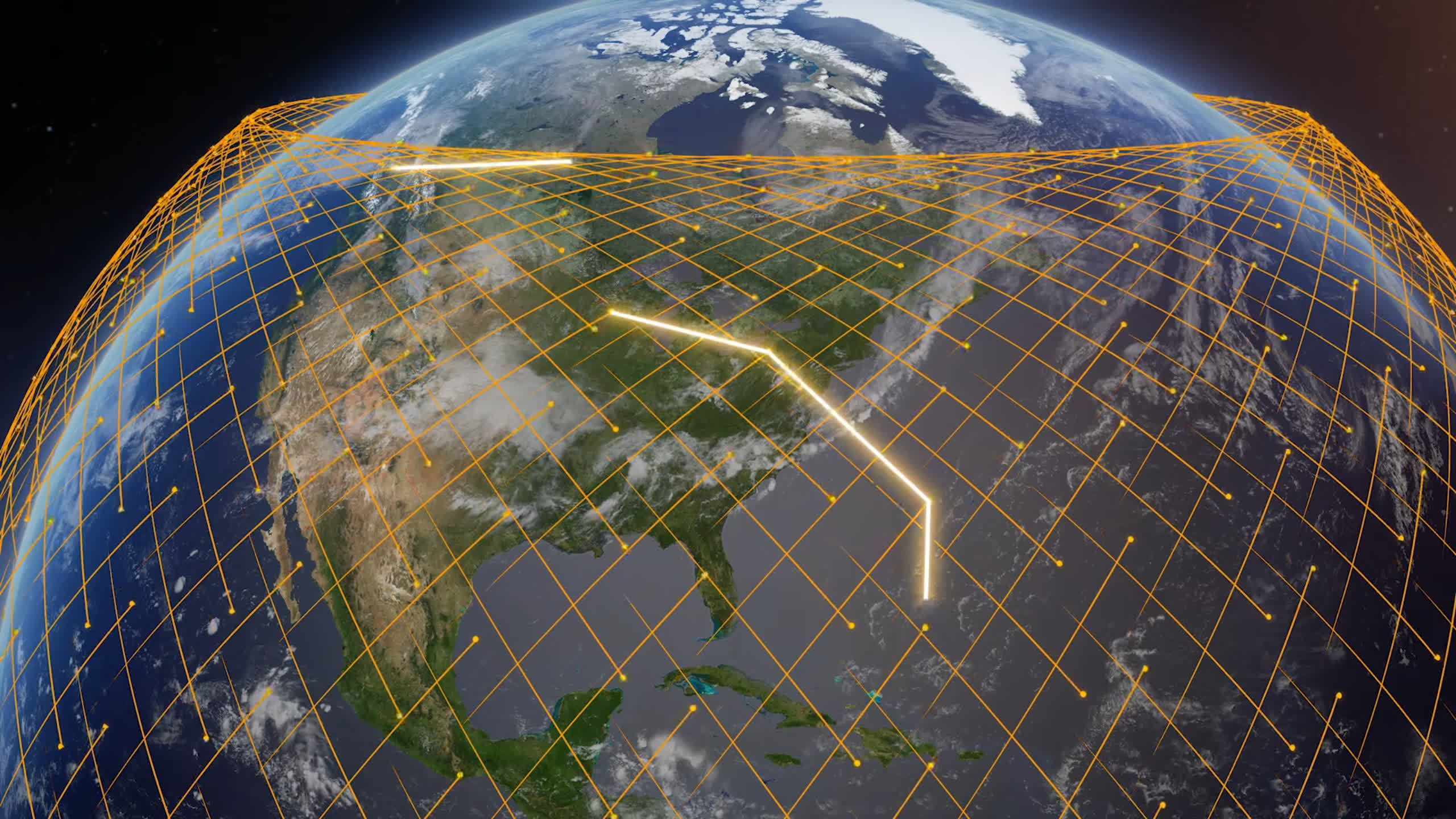Forward-looking: Prototype tests of Project Kuiper satellites passed with flying colors, and Amazon is now ready to deploy its commercial-grade internet broadband service in space. The satellite constellation will use lasers to keep a fast, error-free connection around the world.

While Elon Musk's Starlink company is being very successful in losing federal funding from the US government, Amazon is "firing" its space lasers aboard Project Kuiper's satellites. The e-commerce giant has revealed that its confidential optical inter-satellite link (OISL) technology has been successfully demonstrated, transmitting data between the two prototype satellites already orbiting Earth (KuiperSat-1 and KuiperSat-2).
OISL will play a key role for Project Kuiper, Amazon explains, as it will provide the satellite fleet with advanced, reliable and fast communication capabilities without relying on ground infrastructure. OISLs employ infrared lasers to directly send data between the satellites as they orbit Earth. Every Project Kuiper satellite will be provided with multiple optical terminals, so that each can connect to many satellites at the same time.
The OISL lasers will establish high-speed laser cross-links that work like an optical mesh network in space, Amazon suggests, increasing data throughput and reducing latency across the entire constellation. The company has now completed "multiple successful demonstrations" of OISL terminals aboard KuiperSat-1 and KuiperSat-2, maintaining 100 gigabits per second (Gbps) links over a distance of nearly 1,000 kilometers during the entire test window.
Amazon says the tests validated the final component of Project Kuiper's communications architecture, which means that the OISL system will be operational and ready to fire lasers in space on the network's first production satellites. Initial launches are slated for the first half of 2024, while the entire Project Kuiper's fleet should include 3,200 satellites by 2029.
Effectively using lasers for satellite-to-satellite communications is no easy feat, Amazon says, as you need to minimize the spread of light to ensure a strong signal. Contact across a distance of up to 2,600 km needs to be established, and a reliable connection must be maintained between spacecraft travelling at 25,000 km per hour while compensating for satellite and flight dynamics.
The state-of-the-art optics and control system designed for Project Kuiper can seemingly address all these challenges. The orbital laser mesh network can move data approximately 30% faster than terrestrial fiber optic cables, and it will of course leverage Amazon's AWS cloud infrastructure to efficiently route data traffic.
Project Kuiper wants to bring secure, resilient internet connectivity to a wide range of enterprise and public sector customers, Amazon says, which is especially important in regions with no reliable ground stations available nearby. A cruise liner in the middle of the ocean or an aircraft on a transatlantic flight could securely uplink data from any location on Earth, the company explains.